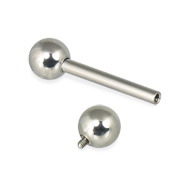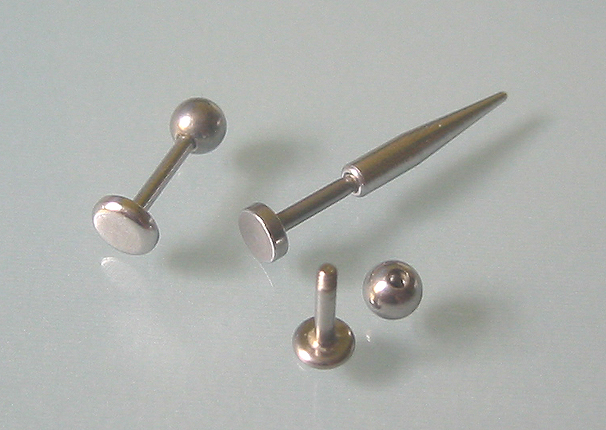this may seem anticlimatic but when i refill canon cartridges, i just pull the original plug from the old cartridge and reinsert it after i refill.
To do this i just use needle-nose pliers and a small screw. Heat up the tip of the screw on my gas stove till i can see a slight glow, then i embed it into the plug (not all the way through). Once it cools enough, the plastic will harden. at that point, i just pull on the screw and the plug should follow. cool in running water and break the grip of the screw (you may have to use pliers but make sure you sandwich the plug with some paper or you may damage the plug with the teeth on the pliers). The point is to have the screw loose enough to unscrew from the plug after you insert it back on the cartridge.
the beauty of this is you only have to do this once. any subsequent refills, you just have to use the same screw to thread onto the plug and pull.
To do this i just use needle-nose pliers and a small screw. Heat up the tip of the screw on my gas stove till i can see a slight glow, then i embed it into the plug (not all the way through). Once it cools enough, the plastic will harden. at that point, i just pull on the screw and the plug should follow. cool in running water and break the grip of the screw (you may have to use pliers but make sure you sandwich the plug with some paper or you may damage the plug with the teeth on the pliers). The point is to have the screw loose enough to unscrew from the plug after you insert it back on the cartridge.
the beauty of this is you only have to do this once. any subsequent refills, you just have to use the same screw to thread onto the plug and pull.


